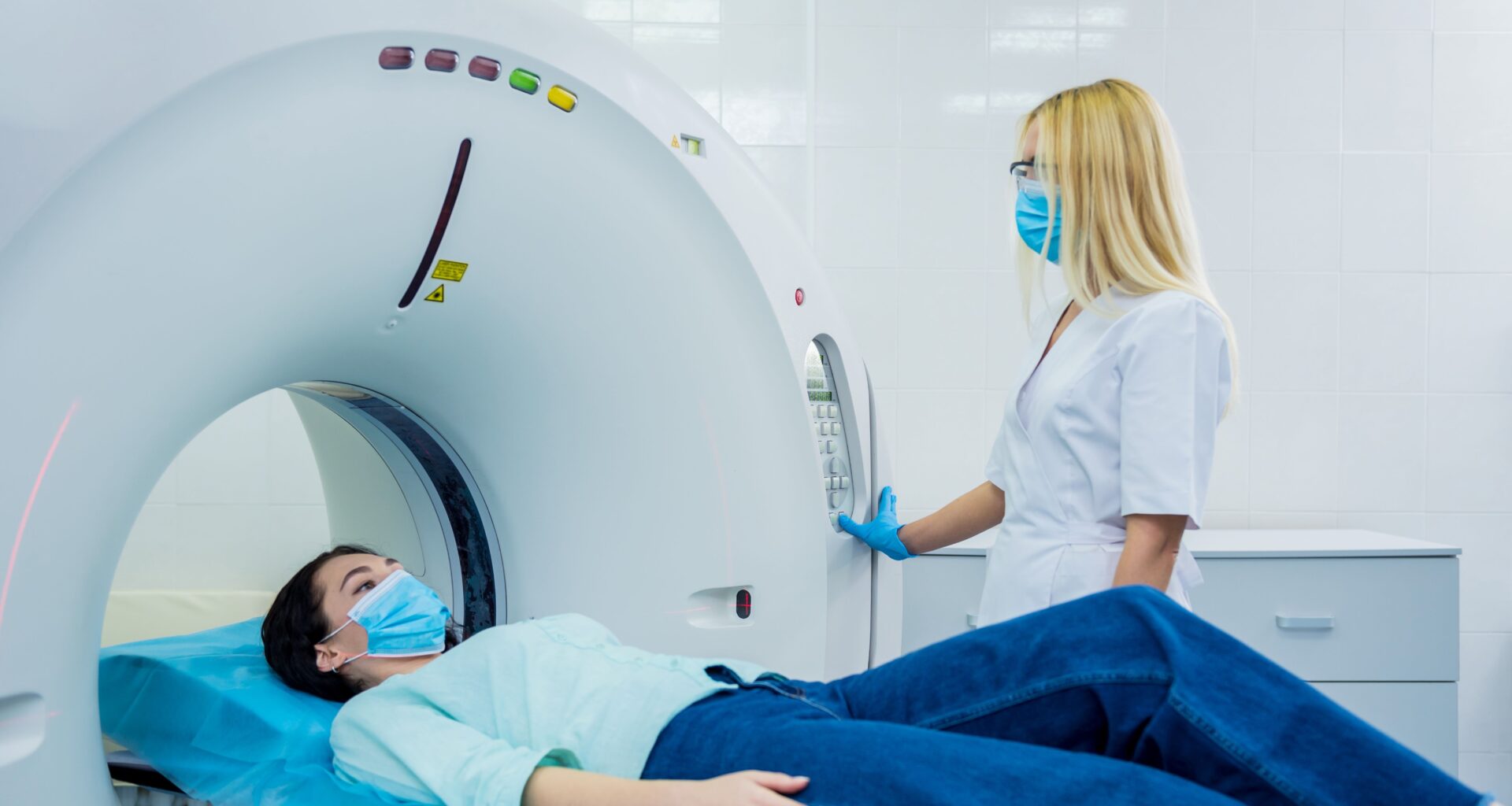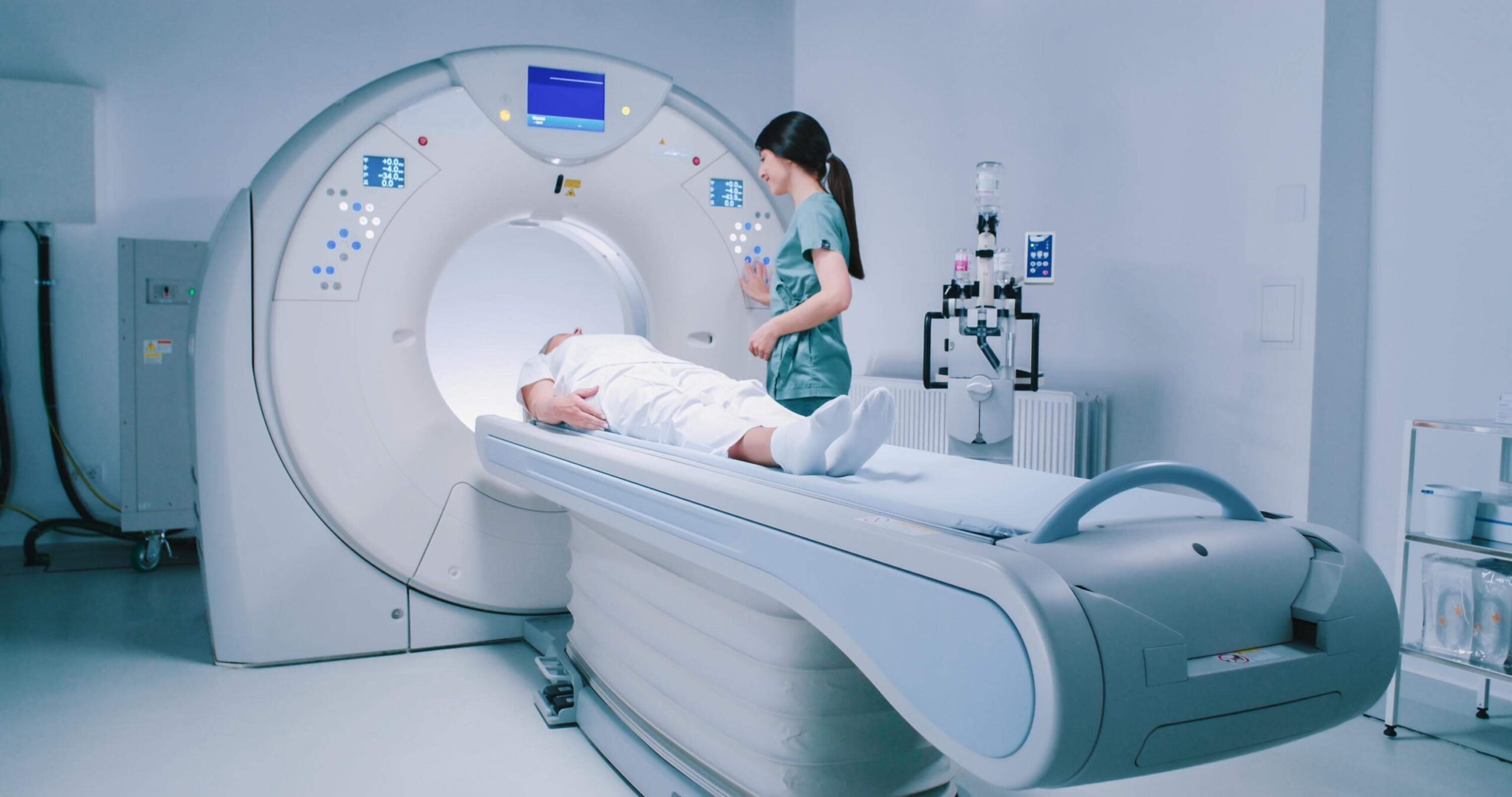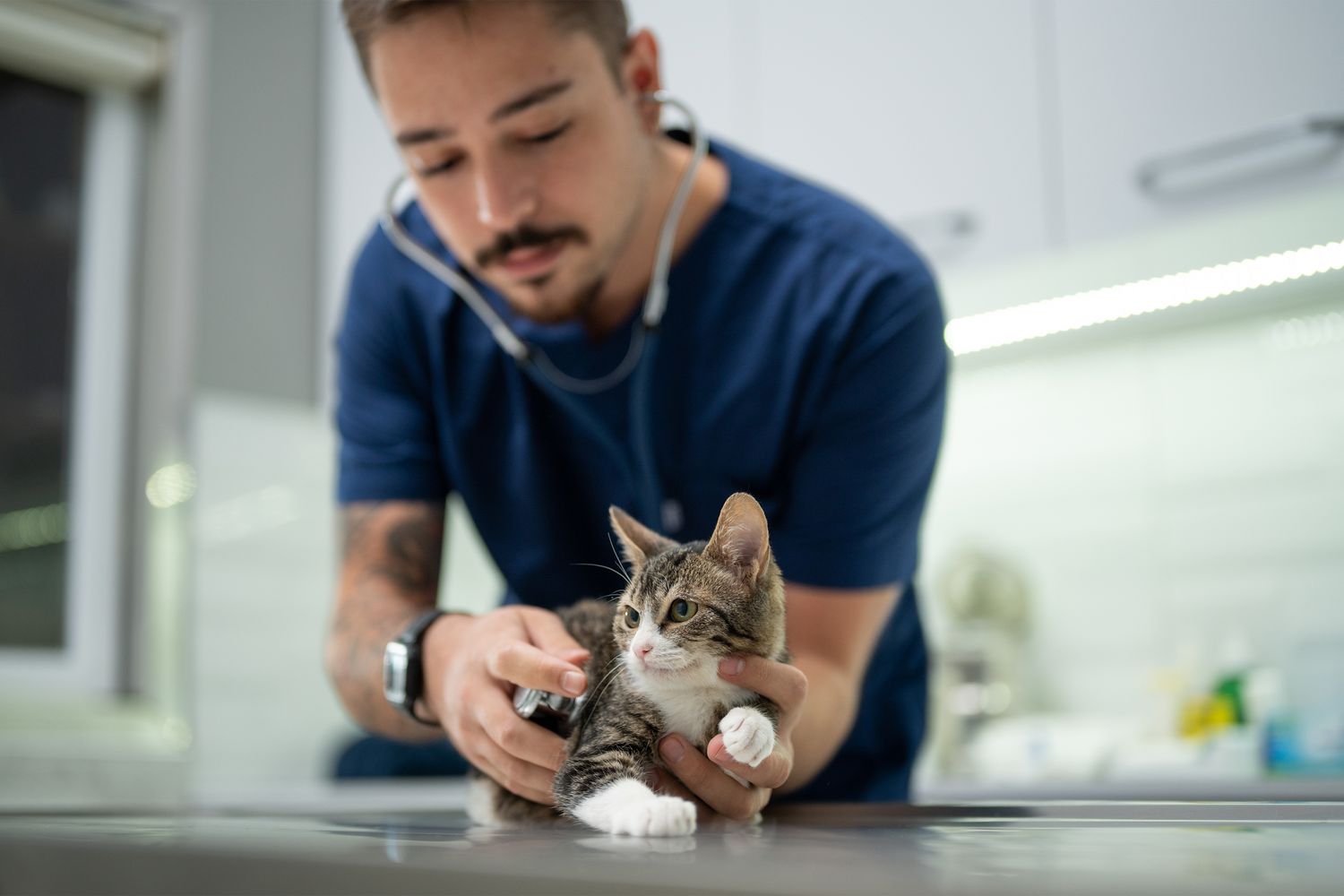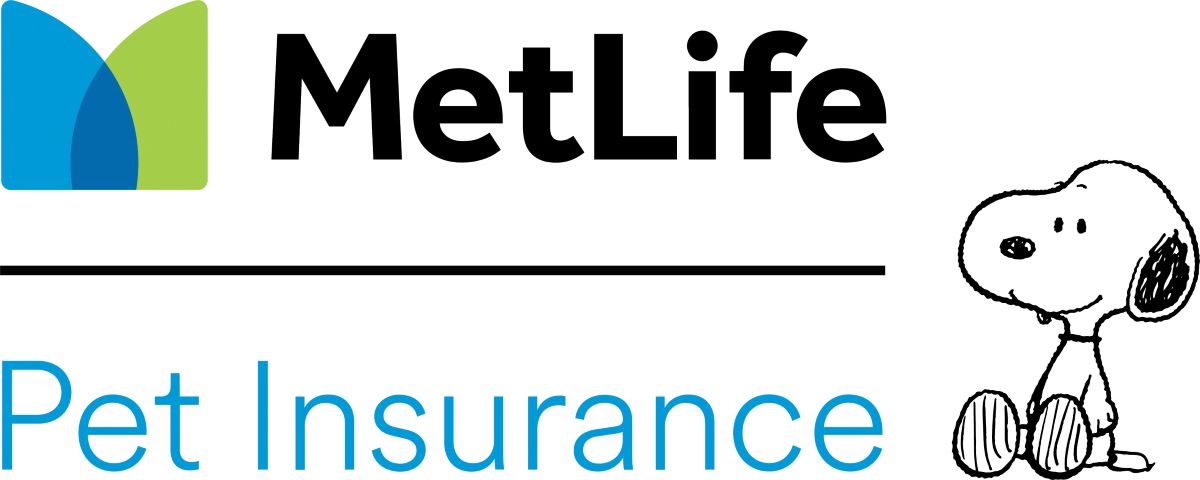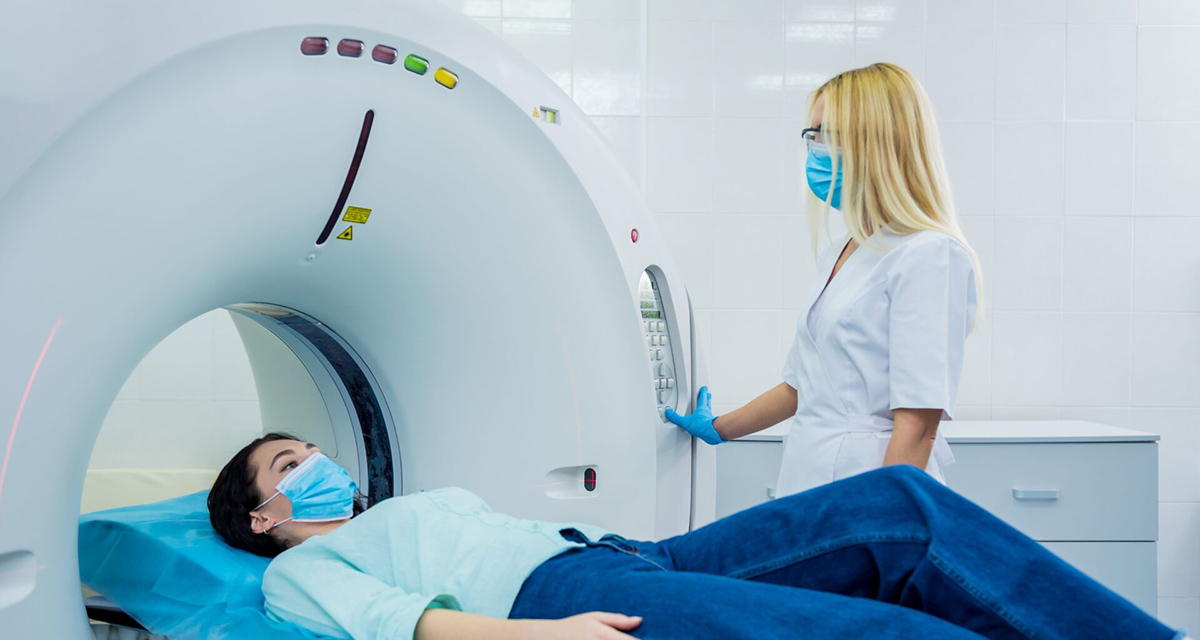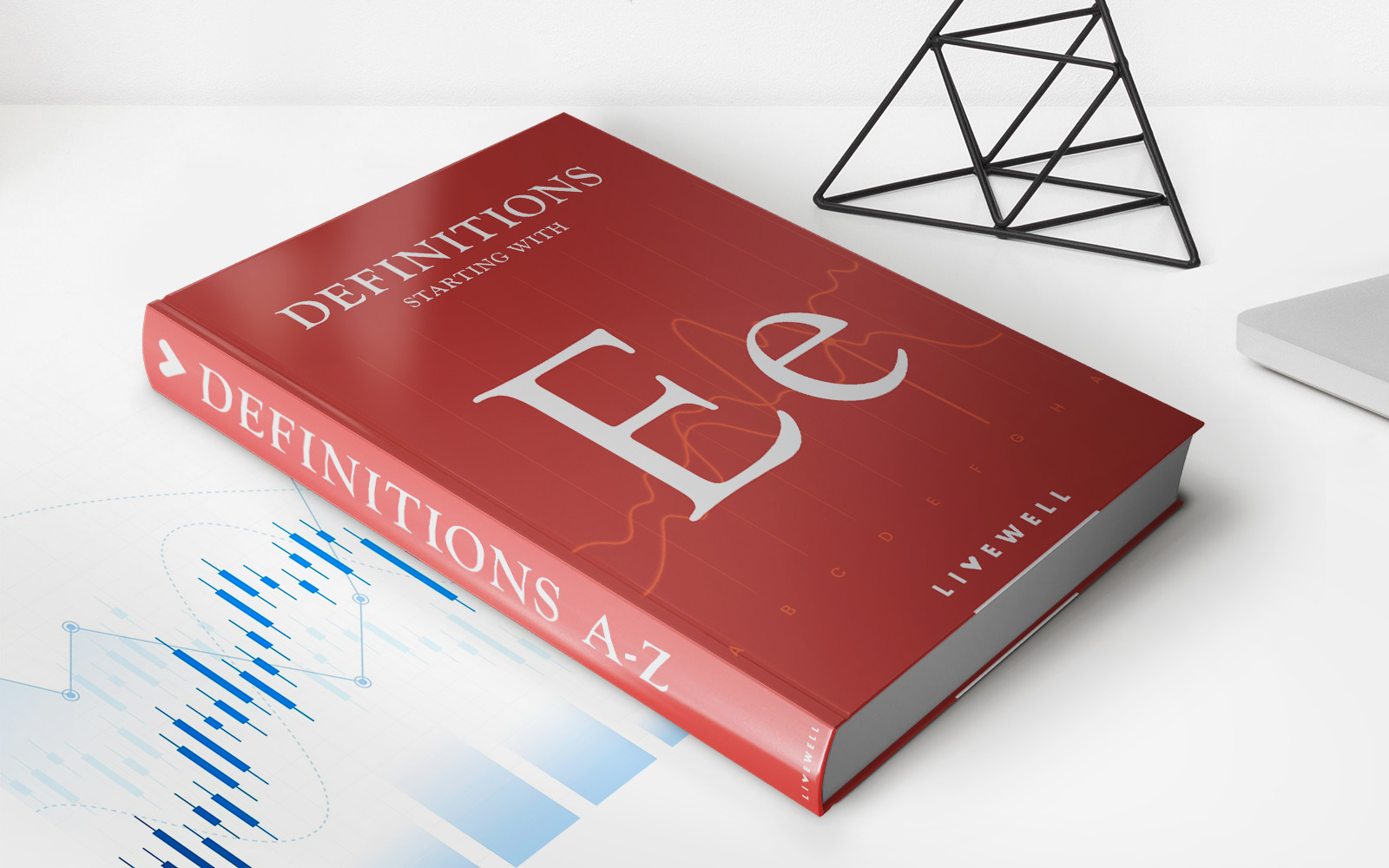

Finance
How Much Is A Pet Scan With Insurance
Published: November 22, 2023
Find out the cost of a PET scan with insurance and manage your finances effectively for medical expenses.
(Many of the links in this article redirect to a specific reviewed product. Your purchase of these products through affiliate links helps to generate commission for LiveWell, at no extra cost. Learn more)
Table of Contents
- Introduction
- What is a PET Scan?
- How does a PET Scan Work?
- Why Would Someone Need a PET Scan?
- The Cost of a PET Scan
- How Insurance Coverage Affects the Cost of a PET Scan
- Average Cost of a PET Scan with Insurance
- Factors that can Influence the Cost of a PET Scan with Insurance
- Tips for Navigating Insurance Coverage for a PET Scan
- Conclusion
Introduction
Welcome to our guide on pet scans and how insurance coverage can affect the cost. If you or a loved one requires a pet scan, you may be wondering about the financial implications and how insurance can help offset the expenses. In this article, we will delve into the world of pet scans, explore how they work, and discuss the factors that can influence the cost. We will also provide insights into how insurance coverage can play a role in making pet scans more affordable.
PET, which stands for Positron Emission Tomography, is a medical imaging technique that allows doctors to visualize the internal structures and functions of the body in great detail. Unlike other imaging techniques, such as X-rays or CT scans, which provide anatomical information, pet scans provide functional information. This means that pet scans can show how different organs and tissues are functioning, which can be invaluable in diagnosing and monitoring various medical conditions, including cancer, heart disease, and neurological disorders.
During a pet scan, a small amount of a radioactive substance called a tracer is injected into the body. This tracer emits positrons, which are positively charged particles. When the positrons collide with electrons in the body, they produce gamma rays. These gamma rays are detected by a specialized machine, which creates detailed images of the body’s internal functioning.
There are numerous reasons why someone may need a pet scan. For instance, if you have a known or suspected cancerous tumor, a pet scan can help determine if the tumor has spread to other parts of the body. Additionally, pet scans can be used to assess the effectiveness of cancer treatments or to detect recurrence. PET scans can also be helpful in evaluating heart conditions, brain disorders, and conditions affecting the central nervous system.
What is a PET Scan?
PET stands for Positron Emission Tomography, which is a medical imaging technique that provides detailed information about the body’s internal functioning. It allows doctors to visualize organs and tissues and assess their metabolic activity. The information obtained from a PET scan is crucial in diagnosing and monitoring a wide range of medical conditions.
A PET scan involves the use of a radioactive substance called a tracer, which is injected into the body. This tracer is typically a form of glucose, as most tissues in the body use glucose as a source of energy. Once inside the body, the tracer emits positrons, which are positively charged particles.
When the positrons encounter electrons in the body, they annihilate each other and release gamma rays. These gamma rays are detected by a PET scanner, which is a specialized machine that creates detailed images of the body’s internal metabolic activity. The images produced by a PET scan provide valuable information about the functioning of organs and tissues, helping doctors diagnose and monitor various conditions.
One of the key advantages of PET scans is their ability to detect changes in cellular activity. This allows doctors to identify abnormal growths or areas of increased metabolic activity that may indicate the presence of cancer. PET scans can also assess the effectiveness of cancer treatments by monitoring changes in metabolic activity over time.
Besides cancer, PET scans are also used to evaluate cardiac function. By assessing blood flow and the metabolism of heart tissue, PET scans can help diagnose heart conditions such as coronary artery disease and assess the extent of damage after a heart attack.
In addition, PET scans are valuable in evaluating brain function and diagnosing various neurological disorders. They can detect abnormalities in brain activity, aiding in the diagnosis of conditions such as Alzheimer’s disease, Parkinson’s disease, and epilepsy. PET scans can also help differentiate between types of dementia and map the progression of brain disorders.
Overall, PET scans are a powerful tool in modern medicine, providing valuable insights into the inner workings of the body. Through their ability to detect metabolic activity, they help diagnose and monitor a wide range of medical conditions, allowing for more accurate treatment and improved patient outcomes.
How does a PET Scan Work?
A PET scan, or Positron Emission Tomography, utilizes a combination of radioactive tracers and advanced imaging technology to create detailed images of the body’s internal structures and functions. Understanding how a PET scan works can provide insight into its diagnostic capabilities.
The first step in a PET scan involves the administration of a radioactive tracer into the body. This tracer is typically a modified form of glucose, which is the primary source of energy for cells. The tracer is tagged with a radioactive atom, such as fluorine-18, which emits positrons.
Positrons are positively charged particles that are annihilated upon collision with an electron in the body. When this annihilation occurs, gamma rays are emitted. The gamma rays are detected by a PET scanner, which consists of multiple rings of specialized detectors.
The PET scanner records the precise location of these gamma rays, which are then processed by a computer to create detailed three-dimensional images of the body. These images provide information about the metabolic activity of organs and tissues.
During the scan, the patient lies on a bed that moves through the circular opening of the PET scanner. The scanner detects the gamma rays emitted by the radioactive tracer and records the data. The process is painless and non-invasive, although patients are typically required to remain still during the procedure to ensure accurate imaging.
The resulting images from a PET scan can show areas of abnormal metabolic activity within the body. For example, cancerous cells tend to have higher metabolic rates compared to healthy cells, making them appear as areas of increased uptake on the PET scan images. This information is crucial in diagnosing and staging cancer, as well as monitoring treatment response and detecting potential recurrence.
In addition to cancer, PET scans can also provide valuable insights into other medical conditions. In cardiac imaging, for instance, a PET scan can measure blood flow and help identify areas of reduced or inadequate perfusion in the heart muscle. This information aids in diagnosing and managing coronary artery disease.
Furthermore, PET scans are used in neurology to evaluate brain function and diagnose neurological disorders. By visualizing areas of abnormal metabolic activity in the brain, PET scans assist in the diagnosis and management of conditions such as Alzheimer’s disease, Parkinson’s disease, and epilepsy.
Overall, the combination of radioactive tracers and advanced imaging technology in PET scans provides valuable information about the body’s internal functioning. By detecting areas of abnormal metabolic activity, PET scans contribute to the accurate diagnosis and monitoring of a wide range of medical conditions, ultimately leading to improved patient care and outcomes.
Why Would Someone Need a PET Scan?
PET scans, or Positron Emission Tomography scans, are a valuable tool for diagnosing and monitoring various medical conditions. They provide detailed information about the body’s internal structures and functions, helping medical professionals make accurate diagnoses and treatment decisions. Here are some common reasons why someone might need a PET scan:
Cancer Diagnosis and Staging: PET scans are widely used in oncology to detect and evaluate cancerous tumors. They can help determine the extent of cancer spread, known as staging, which is essential in developing a treatment plan. PET scans are also employed to monitor the effectiveness of cancer treatments and assess for potential recurrence.
Cardiac Evaluation: PET scans play a crucial role in assessing cardiac function and diagnosing heart conditions. They can measure blood flow, evaluate the viability of heart tissue, and detect areas of reduced or inadequate perfusion. PET scans aid in the diagnosis and management of conditions such as coronary artery disease, heart attack, and heart failure.
Neurological Disorders: PET scans are instrumental in evaluating brain function and diagnosing various neurological disorders. They can detect abnormalities in brain activity indicative of conditions such as Alzheimer’s disease, Parkinson’s disease, epilepsy, and stroke. PET scans are also valuable in differentiating between types of dementia and monitoring the progression of neurodegenerative diseases.
Infection and Inflammation: PET scans can help localize infections or areas of inflammation in the body. Since inflammation and infection often exhibit heightened metabolic activity, PET scans can detect and differentiate between healthy and affected tissues. This information aids in diagnosis and treatment planning, especially in cases of chronic infections or unidentified sources of inflammation.
Evaluation of Brain Trauma: PET scans can provide valuable insight into brain trauma, such as traumatic brain injury (TBI). They can identify areas of brain dysfunction, assess changes in metabolic activity over time, and help guide treatment options and rehabilitation plans for individuals with brain injuries.
Research and Clinical Trials: PET scans play a significant role in medical research and clinical trials. They can be used to evaluate new drug therapies, study disease progression, and measure treatment responses. PET scans provide valuable data for researchers and contribute to advancements in medical knowledge and innovative treatment options.
These are just a few examples of why someone might need a PET scan. The versatility and accuracy of PET scans make them an invaluable tool for diagnosing and monitoring a wide range of medical conditions. If you have concerns about your health or are facing a specific medical situation, consult with your healthcare provider to determine if a PET scan is the right diagnostic tool for you.
The Cost of a PET Scan
When considering a PET scan, one important factor to consider is the cost. The cost of a PET scan can vary depending on factors such as location, facility, and the specific purpose of the scan. It’s essential to understand the potential costs involved to make an informed decision regarding your healthcare. Here’s an overview of what you can expect regarding the cost of a PET scan:
On average, the cost of a PET scan in the United States can range from $3,000 to $6,000. This cost typically includes the professional interpretation of the scan by a radiologist. However, it’s important to note that these figures are just general estimates and can vary significantly.
The cost of a PET scan is influenced by several factors, including:
- Geographical Location: The cost of medical procedures can vary depending on the region and the availability of healthcare facilities. Major cities and metropolitan areas tend to have higher costs compared to rural areas.
- Medical Facility: The cost of a PET scan can differ depending on the reputation and quality of the medical facility where the scan is performed. Hospitals typically have higher costs compared to independent imaging centers or clinics.
- Insurance Coverage: Your insurance coverage and benefits play a significant role in determining the out-of-pocket expenses for a PET scan. Different insurance plans have varying levels of coverage, so it’s important to review your policy and communicate with your insurance provider to understand what is covered and what you may be responsible for paying.
- Purpose of the Scan: The cost of a PET scan can vary depending on the reason for the scan. Some scans are performed for diagnostic purposes, while others may be used to monitor the effectiveness of treatments or assess disease progression. The complexity and additional requirements of specific scans can impact the overall cost.
- Additional Procedures: In some cases, additional procedures or tests may be required in conjunction with the PET scan. For example, if a biopsy is necessary, there may be additional costs associated with the biopsy procedure.
It’s important to reach out to your healthcare provider or the facility where you plan to have the PET scan to inquire about the specific costs involved. They can provide you with a more accurate estimate based on your location, insurance coverage, and other relevant factors.
If the cost of a PET scan is a concern for you, it’s recommended to explore options such as insurance coverage, financial assistance programs offered by hospitals or imaging centers, or discuss payment plans with the facility. It may also be helpful to reach out to your insurance provider to understand the coverage and any potential out-of-pocket expenses beforehand.
Remember, while cost is an important consideration, it’s crucial to prioritize your health and consult with your healthcare provider to determine the best course of action for your specific medical needs.
How Insurance Coverage Affects the Cost of a PET Scan
Insurance coverage plays a crucial role in determining the out-of-pocket expenses for a PET scan. While the cost of a PET scan can be significant, having insurance coverage can help mitigate the financial burden. Here’s how insurance coverage affects the cost of a PET scan:
1. Negotiated Rates: Insurance companies often negotiate discounted rates with healthcare providers. These negotiated rates can significantly reduce the overall cost of a PET scan. The insurance company will pay a portion of the negotiated rate, and you will be responsible for the remaining portion according to your insurance plan.
2. Deductibles: Your insurance plan may have a deductible, which is the amount you need to pay out-of-pocket before your insurance coverage kicks in. Once you meet your deductible, your insurance may cover a portion or all of the remaining cost of the PET scan.
3. Co-payments or Co-insurance: Insurance plans often require you to pay a fixed co-payment (a flat fee) or co-insurance (a percentage of the total cost) for medical procedures, including PET scans. The amount you need to pay will depend on your specific insurance plan.
4. Pre-authorization: Some insurance plans require pre-authorization or prior approval for certain medical procedures, including PET scans. This ensures that the procedure meets their coverage criteria. It’s essential to check with your insurance company to determine if pre-authorization is necessary and how it may impact the cost.
5. Network Coverage: Your insurance plan may have a specific network of healthcare providers. If you receive the PET scan from an in-network facility or provider, it may be significantly cheaper compared to an out-of-network provider. Be sure to confirm if the facility or provider you plan to use is in-network to maximize your insurance coverage.
6. Coverage Limitations: It’s essential to review your insurance policy to understand any limitations or exclusions regarding PET scans. Some insurance plans may have specific criteria or requirements for coverage. For example, they may only cover PET scans for certain medical conditions or at specific intervals.
It’s important to note that insurance coverage varies depending on individual policies and providers. Therefore, it is crucial to review your policy, contact your insurance company, and inquire about the specific coverage and any potential out-of-pocket expenses associated with a PET scan.
In some cases, your healthcare provider can work with you and your insurance company to help navigate coverage options, provide necessary documentation for pre-authorization, or suggest alternative solutions to make a PET scan more affordable if the cost is a concern.
Remember, discussing the cost and insurance coverage of a PET scan with your healthcare provider and insurance company beforehand can help you make informed decisions regarding your healthcare and manage the financial aspects effectively.
Average Cost of a PET Scan with Insurance
The average cost of a PET scan with insurance coverage can vary depending on several factors, such as your insurance plan, deductible, co-payment, and the negotiated rates with healthcare providers. While the specific costs may differ from person to person, understanding the average expenses associated with a PET scan can provide a general overview. Here’s what you can expect regarding the average cost of a PET scan with insurance:
The cost of a PET scan with insurance coverage can range anywhere from a few hundred to a couple of thousand dollars. On average, with insurance, the cost can be around $500 to $3,000, depending on various factors. It’s important to note that these figures are just estimates, and actual costs may vary.
Your insurance coverage typically determines what portion of the PET scan cost is covered and what you are responsible for paying out-of-pocket. This can include deductibles, co-payments, or co-insurance percentages that you need to consider.
It’s essential to reach out to your insurance provider to get specific information about your plan’s coverage for a PET scan. They can provide details about the deductible and co-payment or co-insurance amounts, as well as any limitations or requirements for coverage. Additionally, asking about in-network providers or facilities can help determine the coverage rates and potential additional costs for going out-of-network.
Keep in mind that insurance coverage is subject to negotiation between the healthcare provider and the insurance company. In-network healthcare providers typically have pre-negotiated rates with insurance companies, which can significantly reduce the overall cost of a PET scan compared to out-of-network providers.
It’s crucial to review your insurance policy and consult with your insurer regarding the coverage specifics. They can provide accurate information about your plan’s coverage for a PET scan, including any pre-authorization requirements or additional documentation that may be needed.
Furthermore, it’s important to prepare financially for any potential out-of-pocket costs associated with the PET scan. Planning ahead can help alleviate unexpected financial strains. If you are concerned about the cost, consider contacting the healthcare facility or provider where you plan to have the PET scan to discuss possible payment arrangements or financial assistance programs that may be available.
Remember, while the cost of a PET scan can be significant, having insurance coverage can greatly help in reducing the financial burden. Stay informed about your insurance coverage, communicate with your healthcare provider and insurance company, and plan accordingly to ensure you receive the necessary medical care without unnecessary financial stress.
Factors that can Influence the Cost of a PET Scan with Insurance
Several factors can influence the cost of a PET scan with insurance coverage. Understanding these factors can help you better estimate potential expenses and make informed decisions about your healthcare. Here are key factors that can influence the cost:
- Insurance Coverage: The type of insurance coverage you have plays a significant role in determining the cost of a PET scan. Different insurance plans have varying levels of coverage and may include deductibles, co-payments, or co-insurance percentages that you are responsible for paying. Review your insurance policy or contact your insurance provider to understand the specific coverage for a PET scan.
- Specific Insurance Plan: The details of your specific insurance plan can impact the cost of a PET scan. Factors such as the negotiated rates with healthcare providers and any limitations or requirements for coverage can affect out-of-pocket expenses. Check with your insurance company to determine if prior authorization is needed or if there are any specific criteria for coverage.
- Network Providers: Opting for in-network healthcare providers can significantly impact the cost of a PET scan. In-network providers have pre-negotiated rates with insurance companies, resulting in lower costs compared to out-of-network providers. Check with your insurance company to identify in-network providers for the most cost-effective options.
- Type of PET Scan: The purpose and complexity of the PET scan can influence the cost. Different types of PET scans are used for various medical conditions, and some may require additional procedures or specific tracers, which can affect the overall cost. Discuss with your healthcare provider which type of PET scan is necessary and inquire about any potential additional costs associated with it.
- Geographic Location: The cost of healthcare services, including PET scans, can vary based on the geographical location. Major cities and areas with higher costs of living generally have more expensive healthcare services. Consider the location when estimating the potential cost of a PET scan.
- Add-on Services: Additional procedures or services, such as biopsies or contrast agents, can incur additional costs alongside the PET scan. These services may be necessary to provide a more accurate diagnosis or to guide further treatment. Consult with your healthcare provider to understand if any add-on services are required and how they may impact the overall cost.
It’s important to note that the actual cost of a PET scan can vary depending on the combination of these factors. To get the most accurate estimation of the cost, reach out to your insurance provider, discuss the specifics of your insurance plan, and contact the healthcare facility or provider where you plan to have the PET scan. They can provide you with a detailed breakdown of the cost based on your insurance coverage and any additional services required.
By understanding the factors that can influence the cost and actively communicating with your insurance provider and healthcare professionals, you can better plan and navigate the financial aspects of a PET scan with insurance coverage.
Tips for Navigating Insurance Coverage for a PET Scan
Navigating insurance coverage for a PET scan can sometimes be a complex process. To help you make the most of your coverage and minimize out-of-pocket expenses, consider the following tips:
- Review your insurance policy: Familiarize yourself with the specifics of your insurance policy, including coverage limitations, deductible amount, co-payment or co-insurance percentage, and any requirements for pre-authorization or referral. Understanding your policy will help you better estimate potential costs.
- Contact your insurance provider: Reach out to your insurance provider and discuss the details of your coverage for a PET scan. Inquire about in-network providers or facilities to maximize your coverage and minimize out-of-pocket expenses. Ask about any specific requirements or documentation needed for pre-authorization.
- Research network providers: Verify whether the healthcare facility or provider you plan to visit is in-network with your insurance plan. In-network providers often have negotiated rates, resulting in lower costs for services like PET scans. If possible, choose an in-network facility to maximize your insurance coverage.
- Inquire about cost estimates: Contact the healthcare facility or provider where you plan to have the PET scan and request a cost estimate. Provide them with your insurance information so they can factor in your coverage. This will give you a clearer idea of the potential out-of-pocket expenses and help you plan accordingly.
- Consider alternative facilities: If the cost of a PET scan at a particular facility seems high, explore other options. Research different facilities and compare prices to find the most cost-effective option without compromising quality of care. Just ensure the facility is in-network with your insurance provider.
- Verify pre-authorization requirements: Some insurance plans require pre-authorization or prior approval for certain medical procedures, including PET scans. Consult with your insurance provider to determine if pre-authorization is necessary and what steps are required to obtain it. Failing to obtain pre-authorization may result in higher out-of-pocket costs.
- Keep records and documentation: Maintain detailed records of all communication with your insurance provider and healthcare professionals regarding the PET scan. This includes pre-authorization documentation, cost estimates, and any claims or bills received. Having organized records will help in case of any disputes or inquiries later on.
- Ask about financial assistance programs: Inquire with the healthcare facility or provider about any available financial assistance programs or payment plans that can help offset the cost of the PET scan. Some facilities offer financial assistance for patients who meet certain criteria, so it’s worth exploring these options if needed.
Remember, communication is key throughout the process. Stay in touch with your insurance provider, ask questions, and seek clarification whenever necessary. Additionally, consult with your healthcare provider to ensure the PET scan is medically necessary and appropriate for your specific situation.
By being proactive and well-informed, you can navigate insurance coverage for a PET scan more effectively, potentially reducing costs and ensuring you receive the necessary medical care without unnecessary financial stress.
Conclusion
PET scans are invaluable in diagnosing and monitoring various medical conditions, providing detailed information about the body’s internal structures and functions. However, the cost of a PET scan can be a concern for many individuals. Understanding how insurance coverage affects the cost and navigating the insurance process can help alleviate financial stress and ensure the best possible utilization of your coverage.
Throughout this guide, we have explored various aspects of PET scans, including what they are, how they work, and why someone might need one. We have also discussed the average cost of a PET scan, how insurance coverage can impact the cost, and factors that can influence the overall expenses.
It is essential to review your insurance policy, contact your insurance provider, and communicate with the healthcare facility or provider where you plan to have the PET scan. This will help you understand your coverage, estimate potential out-of-pocket costs, and make informed decisions about your healthcare.
Furthermore, we provided tips for navigating insurance coverage, such as researching network providers, considering cost estimates, verifying pre-authorization requirements, and exploring financial assistance programs. Following these tips can help you optimize your insurance coverage and manage the financial aspects of a PET scan.
Remember, your health is a priority, and if a PET scan is medically necessary, it is crucial to ensure you receive the appropriate care. By understanding the financial implications and effectively navigating insurance coverage, you can prioritize your health while minimizing the impact on your finances.
If you have any questions or concerns about the cost of a PET scan or your insurance coverage, reach out to your healthcare provider and insurance company for personalized guidance and assistance. They can provide you with the most accurate and up-to-date information specific to your situation.
Ultimately, being proactive, well-informed, and advocating for yourself will help you navigate insurance coverage for a PET scan and receive the healthcare you need to achieve the best possible outcomes.




